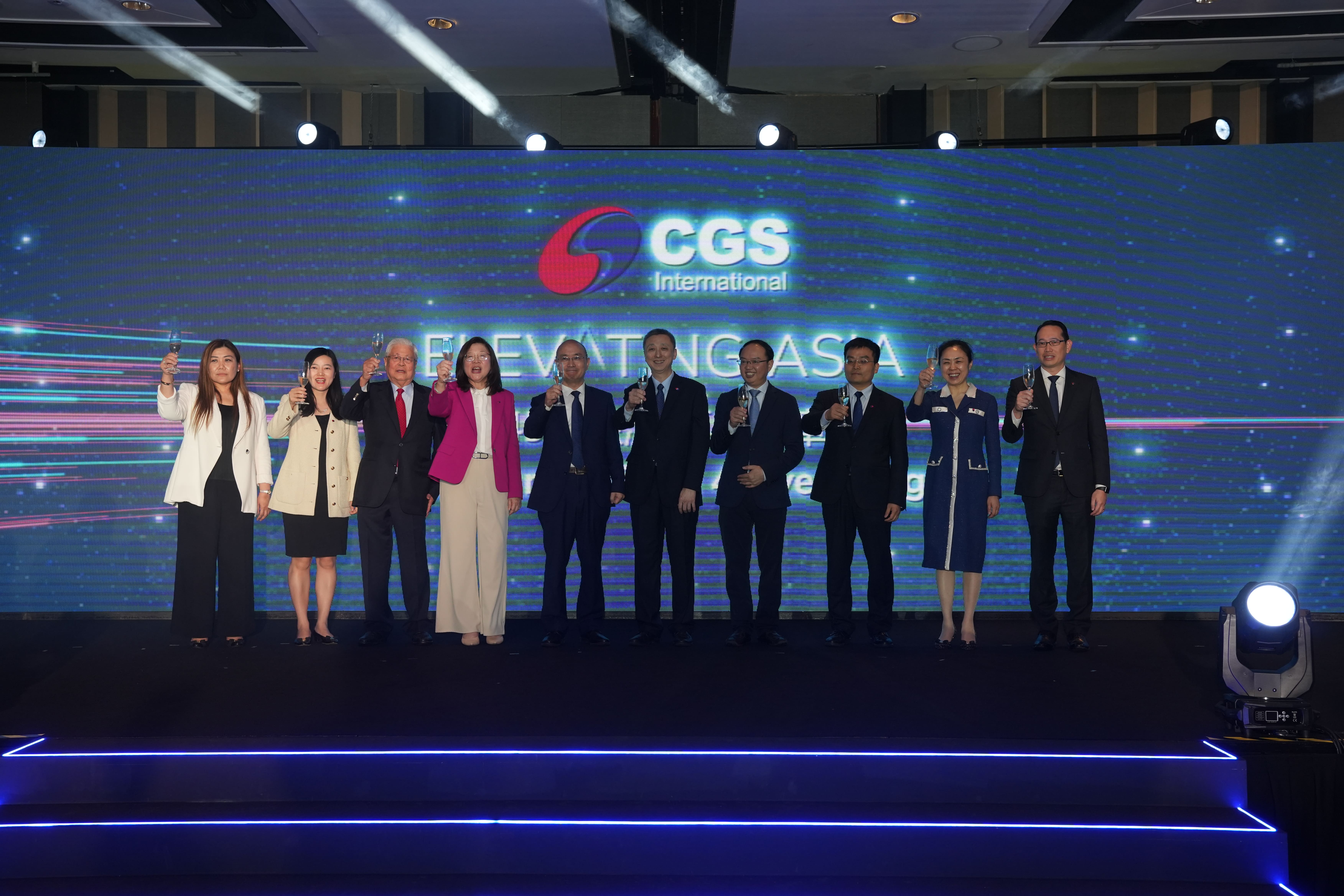Market uncertainty, rising costs, and more restrictive regulations are pushing Asian institutional investors to outsource not only their back-office operations, but also their middle-office and front-office operations. This will allow investors to enhance efficiencies, generate savings, and achieve more alpha on their investments.
With these considerations in mind, asset service providers are seeking ways to provide new outsourcing models that can provide a full suite of end-to-end outsourcing services – including front-office, middle-office, and back-office services.
To say that this is quite challenging is an understatement, since each of these office functions requires a different skill set, resulting in asset service providers tending to specialize in one function or another.
Asset managers, for example, specialize in front-office services (which involves portfolio management, trading, hedging, analysis and research), while asset servicing providers specialize in back-office (which include custody, fund accounting, transfer agency, settlement, and cash management) and middle-office (which include risk management and information technology) services.
As a result of these specialized functions, Asian institutional investors traditionally employ an asset manager to service their front-office requirements, and an asset service provider to service their back-office and middle-office requirements.
However, employing different service providers is not exactly the most efficient way of doing business in these challenging times, despite its undoubted merits.
One drawback concerns use of technology. Frequently, these providers use different technology platforms that are not necessarily compatible with each other. These systems also require different teams of people from multiple providers to service an account, which is frequently more time-consuming, less efficient, and more expensive for the client.
But under the current challenging market environment, the longer a trade takes to complete, the greater the risk to the institutional investor. To circumnavigate these risks, institutional investors are increasingly demanding faster processing times, greater efficiency and cheaper costs.
The biggest trend at present is that institutional investors are only interested in focusing on their investments. They are not interested in maintaining large technology platforms for servicing the operational requirements of their front office, middle office and back office.
However, most asset service providers are currently not in a position to provide this kind of end-to-end, front-office to middle-office to back-office outsourcing model.
Consequently, front-office service providers are being pushed to cooperate with or ally themselves with a middle-office and back-office service provider in an attempt to provide an end-to-end outsourcing model to their clients.
Take by way of example the recently announced “strategic alliance” between BNY Mellon and BlackRock to deliver integrated data, technology and asset management servicing capabilities to common clients. Blackrock is a front-office service provider, while BNY Mellon is a back-office service provider. Both of them also provide middle-office services to their respective clients.
By entering into a strategic alliance, BNY Mellon and Blackrock can offer investors an end-to-end front-office to middle-office to back-office outsourcing model. Of course, technology plays a big role in this model. In fact, the reason BNY Mellon and Blackrock are able to do this is because they both use Aladdin, an operating system for investment managers that seeks to connect the information, people and technology needed to manage funds in real time.
Before this alliance, Blackrock traders would have to send the trade to the middle office of the client. The middle-office team would have to do reconciliation between their trading engines and the data they got from the teams. Then they would have to generate instructions to a custodian or fund accounting providers like BNY Mellon.
There are hand-offs at various levels which require different operational teams and different platforms. The middle-office team themselves might be using other platforms to do trade management and undertake reconciliation, and also service FX processing and derivatives processing.
Then they would have an operations team internally which processes all these activities on different platforms and then sends instructions or files to the custodian or multiple custodians, in some cases for final settlement, clearing, and safekeeping. The custodian might be using different platforms, there’s the handoff between the middle offices’ platforms and the custodians’ platform, and the custodian also has a different operations team and reconciliation team.
Ultimately all the information goes back to the front office of the investor, who needs to know the status of the trade in their investment book, the source of data for the CIO of the asset owner or the investor. Under the current system risk reporting, for example, can take as long as T+10 to T+15, while, calculation of NAVs can take up to T+2. Under the BNY Mellon-Blackrock platform there will be seamless transfer of data such that these processing times can be greatly reduced. NAV calculation, for example, can be reduced to T+0.
“Nowadays, there are multiple platforms, multiple operations teams, multiples providers and teams doing this. Clients using Blackrock and Aladdin as an order management system and using BNY Mellon as a custodian or an accounting provider can benefit from this model,” says Mathew Kathayanat, director and head of product and strategy for Asia Pacific Asset Servicing at BNY Mellon.
He adds: “They can get immediate benefits in terms of seamless transfer of data through the entire chain. The order would be inputted through Aladdin and then it would seamlessly flow into the middle-office and back-office systems of BNY Mellon.”
Kathayanat says that other asset service providers are also seeking to build their own end-to-end front-office to middle-office to back-office outsourcing model, but most of them are still a work in progress.
“We are saying that we have worked in the model through this alliance, and if you use Aladdin, and you use BNY Mellon at the back end, you will get immediate integration. Of course, there are still numerous implementation and plumbing procedures to be done, which is more making sure that the platforms are connected and so forth,” he says.
“But we have tried it out and it gives you immediate integration on data insights, servicing tools, and here’s a seamless and efficient experience on a single platform,” Kathayanat says.








